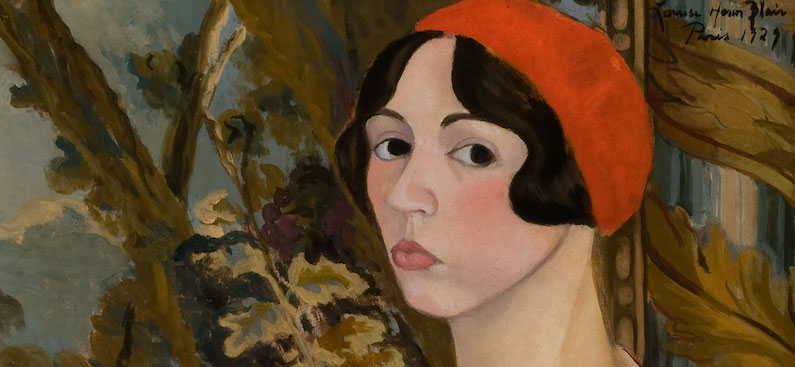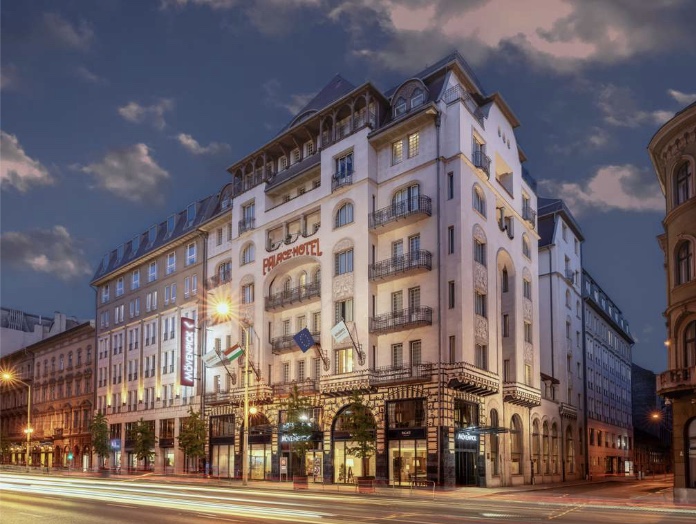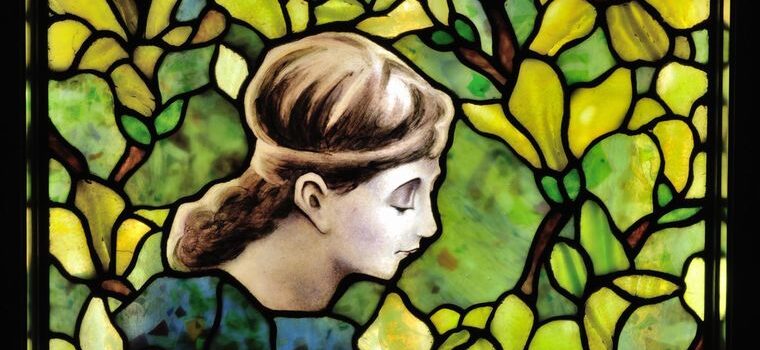Since its inception in 1936, spanning over eight decades, Hickmet Fine Arts has been privileged to engage with some of the most illustrious artworks hailing from the Art Nouveau era. Across three generations, we’ve borne witness to the transformative impact of this artistic movement, a legacy still resonating profoundly in the contemporary art scene. In this exploration, we delve into the roots of the Art Nouveau movement, unraveling its evolution into one of the definitive styles of the 20th century.
The Art Nouveau movement, a cultural force that swept across Europe from the 1880s to the brink of World War I, marked a paradigm shift in the trajectory of art history. In the waning years of the 19th century, a surge of impassioned artists and designers collectively harbored a fervent desire to challenge the stagnation of traditional art and design steeped in historical motifs. This period witnessed a rebellion against conventional norms, paving the way for the flourishing of Art Nouveau amidst the backdrop of rapid social and technological transformations spurred by industrialization, mass production, and urbanization sweeping across Europe.
Characterized by its sinuous lines, botanical embellishments, geometric patterns, and the incorporation of symbolic figures, Art Nouveau emerged as a visual manifestation of the zeitgeist. Its formation was intricately woven into the fabric of a society in flux. The movement sought to capture the spirit of the age, embracing innovation and embracing the dynamic changes occurring in the cultural landscape.
To comprehend the genesis of this distinctive style and identify its key influencers, one must navigate the labyrinth of artistic rebellion and societal upheaval that defined the fin de siècle. The architects of Art Nouveau, through their visionary contributions, left an indelible mark on the artistic narrative of the time, laying the foundation for a movement that would endure for generations.
As the fervor for Art Nouveau spread rapidly across Europe and beyond, its diverse manifestations found their roots in the Arts and Crafts Movement, which took root in England during the latter half of the 19th century. A response to the encroaching industrialization and the diminishing prominence of traditional crafts, the Arts and Crafts Movement sought a return to handmade craftsmanship. William Morris, a visionary English designer and socialist (1834-1896), emerged as the defining figure of this movement, vehemently rejecting the dehumanizing effects of industrialization and turning his gaze towards the inherent beauty of nature.
Morris’s ethos, centered on the ideals of craftsmanship and characterized by stylized organic forms, resonated deeply with the artists of the Art Nouveau movement. Their shared aspiration was to transcend the confines of academic styles that had dominated the artistic landscape, modernizing design and bridging the perceived gap between ‘fine art’ and the supposedly lesser ‘decorative arts.’ The overarching aim was to integrate art into everyday life, producing exquisite objects that elevated the human experience.
At its core, Art Nouveau advocated for the unity of all arts, challenging the discriminatory distinctions between various art forms. This universal style sought to escape the constraints of previous academic norms, aiming to create a ‘gesamtkunstwerk’ — a total work of art where every element coalesced harmoniously. This vision found embodiment in the designs of the Paris metro during the early 1900s, exemplifying the movement’s commitment to creating a seamless integration of art into the fabric of daily existence.
Artists working in the Art Nouveau style drew inspiration from a rich tapestry of organic and geometric forms. Their creations embraced elegant designs that harmoniously blended flowing, natural shapes with a pronounced emphasis on form over color. This approach encapsulated the movement’s overarching philosophy, exemplifying a commitment to creating not just individual pieces of art but a unified aesthetic experience that transcended traditional boundaries.
As the ethos of Art Nouveau permeated the global artistic landscape, the once rigid distinctions between fine art and decorative art underwent a transformative blur, granting functional design newfound status as fine art. Among the distinguished artisans of this era, the glass maestro Johann Loetz rose to prominence, celebrated for his groundbreaking surface technique, the ‘marmorisierte.’ This marbled glass innovation, exemplified in masterpieces like the ‘Papillon Vase’ showcased above, served as a testament to how Art Nouveau artists seamlessly integrated the sublime beauty of nature into the fabric of everyday life.
Much like the foundational principles of the Arts and Crafts movement, Art Nouveau upheld the belief that aesthetic values should harmonize with elevated standards of craftsmanship. The movement championed the idea that works of art could, and indeed should, embody both beauty and functionality. A striking illustration of this fusion can be observed in Auguste Moreau’s ‘Putto Vases,’ where the exquisite meets the practical in a seamless marriage of artistic and utilitarian pursuits.
In its ascendancy, the Art Nouveau movement dismantled the entrenched beliefs of the academic system, challenging the prevailing notion that mediums such as painting and sculpture held intrinsic superiority over craftwork. Through the revolutionary designs they disseminated widely, the artists of Art Nouveau not only defined the cultural ethos of the early 20th century but also reshaped the prevailing relationship between fine and decorative arts. This paradigm shift paved the way for the contemporary world of design we inhabit today, leaving an indelible mark on the trajectory of artistic expression and craftsmanship.
Dive into all things Art Nouveau at artnouveau.club, your go-to source for news, tours, and experiences worldwide. If you’re organizing an event or have relevant information, please share it with us at contact@artnouveau.club!







